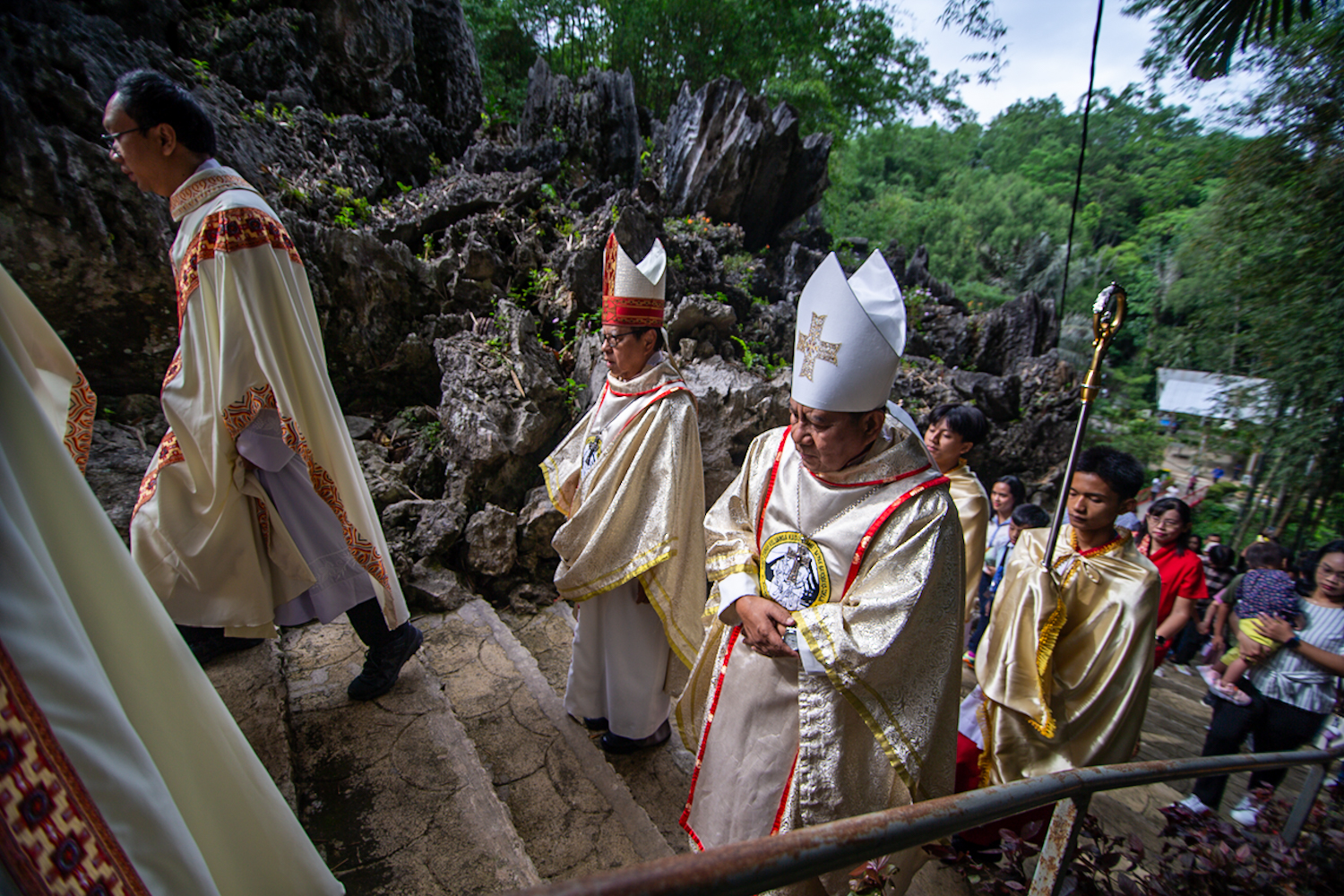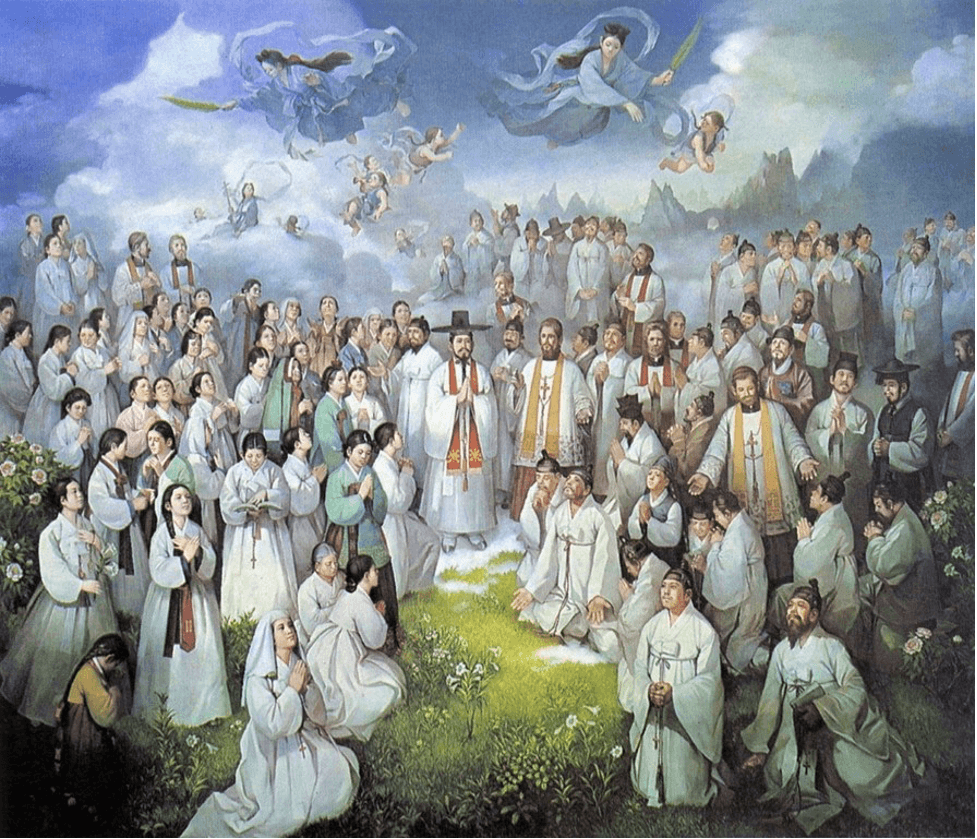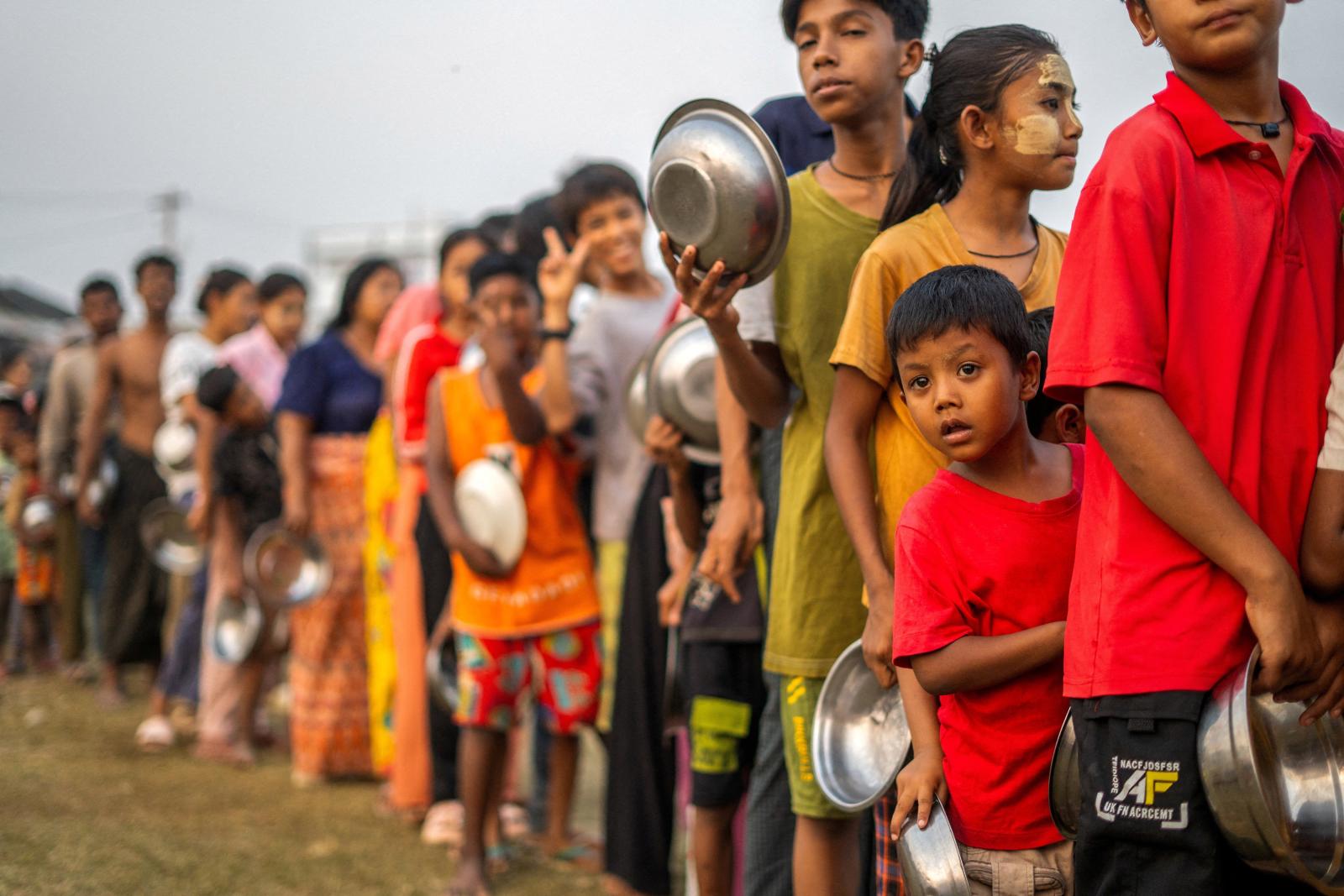Joaquim Magalhães de Castro
Under a law dated 2001 and adopted to promote the “development and equitable use of land” – a diploma approved by the state of West Bengal, India, around 5,000 residents of the Motijheel slum, Christians, Muslims and Hindus, will soon live in a land they can finally call their own. The Indian state of West Bengal has just put a vast piece of land in the care of the Missionaries of Charity of Motijheel, where Mother Teresa began her work in the service of the poor in 1948, reminding some of the elderly residents of her presence there once.
The good news was announced by Sister Mary Joseph, (the superior general of the Missionaries of Charity, the congregation not only offers educational support, but also runs tailoring courses for women at an event organized at the Nirmal Hriday (Immaculate Heart) School in Motijheel.
“Seventy-five years ago, Mother Teresa arrived in this town, and here she began her great work, which today is visible all over the world,” said Derek O’Brien, the deputy who helped the sisters obtain the land.
Also, Superior General Mary Joseph, head of the Nirmal Hriday School from 2016 to 2019, commented: “This generous offer was an exemplary gesture on the part of the authorities. To serve the poorest, it is necessary to be part of their lives and share their difficulties. Those most in need have no water, poor sanitary facilities and limited living space. And yet, they radiate hope and show joy in their lives.”
But, after all, who was Mother Teresa? Agnes Gonxha Bojaxhiu (that was her real name) was born in Skopje, Macedonia, on August 26, 1910, to parents of Albanian descent. Her family lived comfortably. Her father, a businessman and contractor, got involved in politics and died when Agnes was just 8 years old. Her mother, a very pious woman, used to invite the poor people of the city to dine with them. When Agnes asked her about those people sitting at the family table, her mother would only say this: “Some are our relatives, but we are all the same people.” The answer made a deep impression on the young woman who had very early on become fascinated with the life of missionaries in Bengal.
At the age of 12, Agnes decided to commit herself to religious life. Four years later, she left her parental home to join the Sisters of Loreto in Rathfarnham, Ireland, with the intention of becoming a missionary. After a year at Loreto Convent, she was sent to Darjeeling, India, to begin her novitiate. There she learned Bengali, and later, already in Entally, a neighborhood in the center of Calcutta, she took the position of director of a charity school associated with her convent. Sister Teresa (as she was known at the time) used to look out of her classroom window, observing the living conditions of the people in the nearby Motijheel slum.
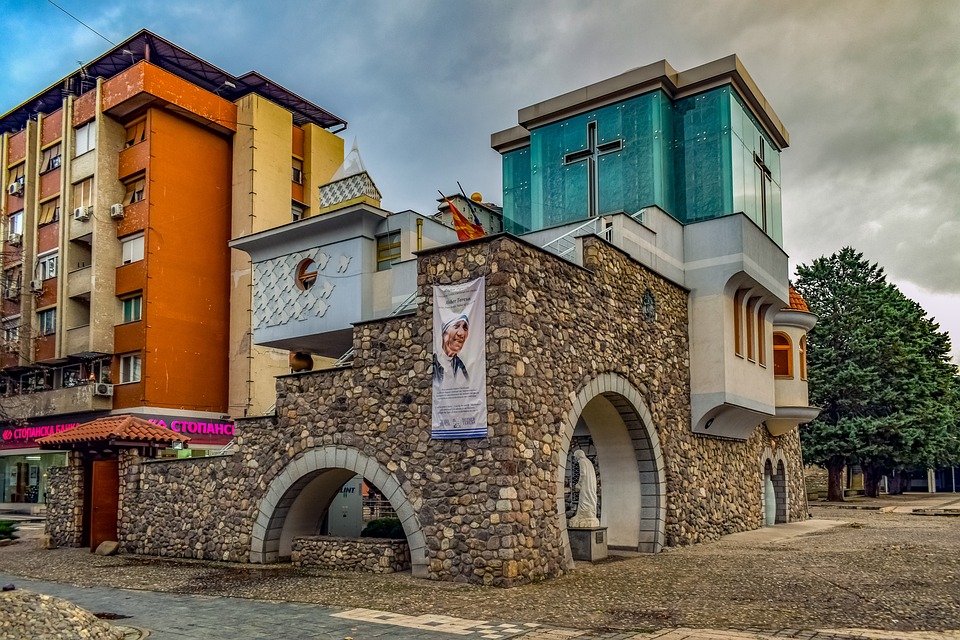
Key Facts
- The Indian state of West Bengal has given a vast piece of land to the Missionaries of Charity of Motijheel, where Mother Teresa began her work in the service of the poor in 1948.
- Around 5,000 residents of the Motijheel slum, Christians, Muslims, and Hindus, will soon live in a land they can call their own.
- Mother Teresa was born in Skopje, Macedonia, and devoted her life to serving the poor and the underprivileged.
- She founded the Missionaries of Charity, a religious organization dedicated to helping the poor.
In 1943, the province of Bengal – stripped of its grain that went to feed British troops in a Europe engulfed in war – experienced a devastating famine. About 3 million people died of hunger, malaria and other diseases. Many families were left homeless and women widowed. And because widows were considered second-class citizens in Bengali culture, many of them ended up begging on the streets of cities like Kolkata.
Within the walls of the school, Sister Teresa led a very comfortable life. But she was always keenly aware of the poverty that surrounded her. In December 1948, she finally decided to visit the Motijheel district, ready to live among these unfortunate people. But only later, after convincing some of the sisters of her congregation and the archbishop of Calcutta, did she obtain authorization from the Holy See to leave the convent and place herself at the service of the “poorest of the poor.”
For most people, Mother Teresa would soon come to be held up as a model of charity, compassion and selflessness. For the homeless and destitute, the nun was simply “the beacon that gave hope to their desperate existence.”
Nicknamed “The Living Saint,” Mother Teresa made a profound impact on the lives of many people and inspired them to help make the world a more just and humane place. Teresa’s journey, however, was not an easy one. She would be criticized and humiliated countless times. But that didn’t stop her from continuing to dedicate her life to caring for the sick, the poor and the underprivileged. In the process, she challenged stereotypes, broke boundaries and taught us all about the true essence of charity.
A missionary nun, one of the greatest humanitarian figures of the 20th century, Mother Teresa founded the Missionaries of Charity – a religious organization dedicated to helping the poor – and through this institution she was able to carry out initiatives that made her an icon of charity around the world. Mother Teresa, the fragile, stooped figure, wearing a white sari with blue edges, who Pope Francis would canonize in 2016, and who years earlier had been awarded the Nobel Peace Prize. Even decades after her death, Mother Teresa of Calcutta’s life and works have continued to inspire people and will likely continue to inspire new generations.

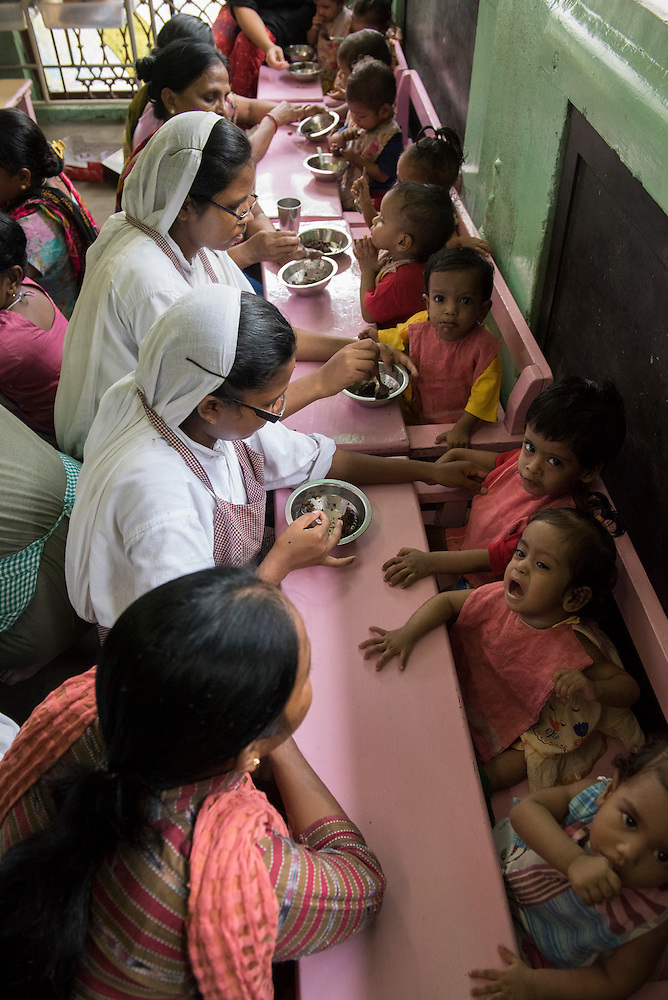
 Follow
Follow
